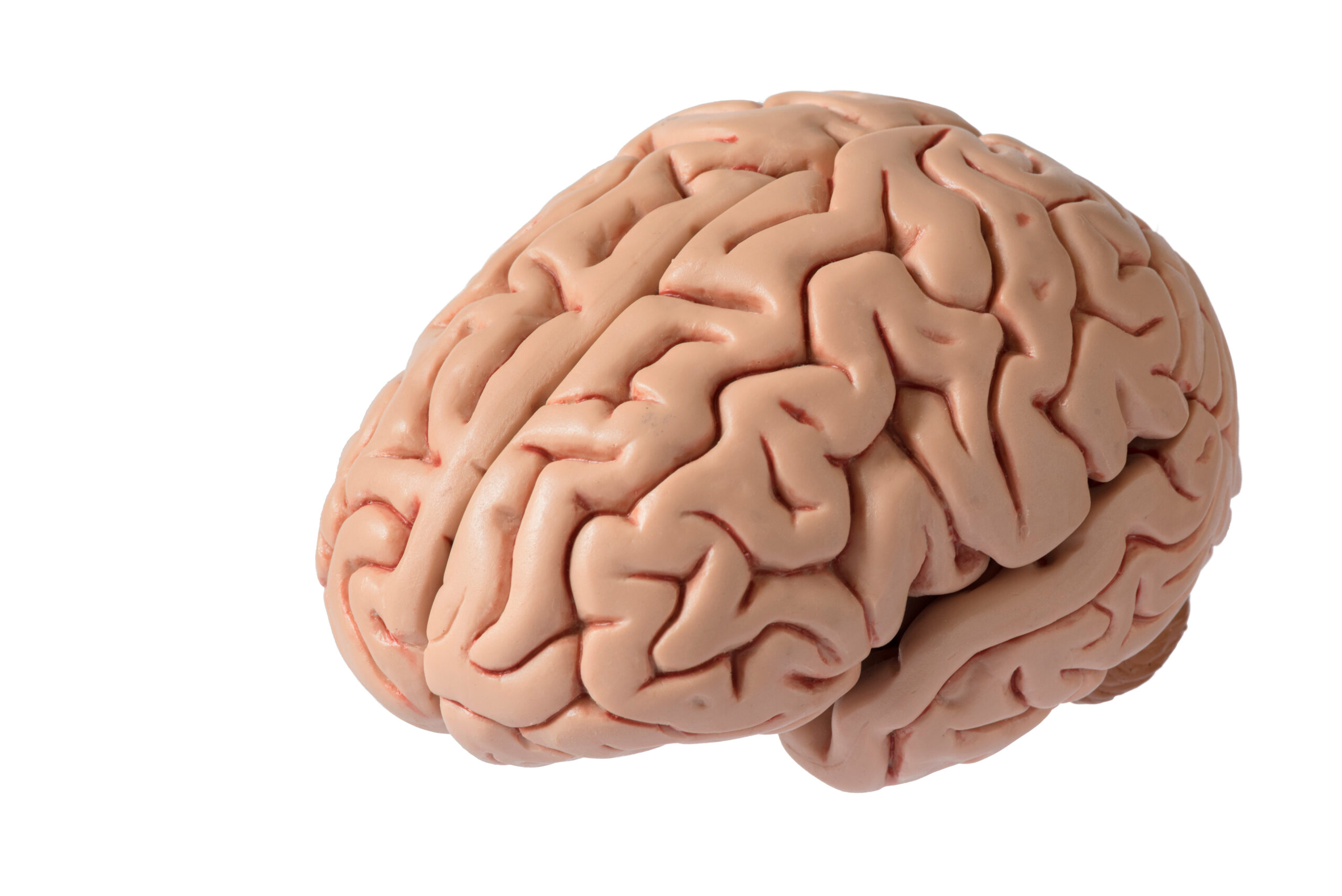Why Your Dislike of Fluorescent Yellow Reflects Visual Overstimulation
**Why Your Dislike of Fluorescent Yellow Might Be a Sign of Visual Overstimulation**
Have you ever felt overwhelmed by the bright, glowing colors of fluorescent lights? Maybe you find yourself squinting or covering your eyes when you see fluorescent yellow. This reaction might not just be about aesthetics; it could be a sign of visual overstimulation.
**What is Visual Overstimulation?**
Visual overstimulation happens when our brains receive too much sensory information at once. This can be caused by bright or flickering lights, which can be particularly challenging for people with certain neurological conditions like Autism Spectrum Disorder (ASD) or Sensory Processing Disorder (SPD). When we are exposed to too much sensory input, our brains struggle to filter out the irrelevant information and focus on what’s important. This can lead to physical, emotional, and behavioral symptoms like headaches, irritability, and difficulty focusing.
**How Fluorescent Yellow Affects Us**
Fluorescent yellow is a particularly intense color because it emits light across a wide spectrum. This brightness can be overwhelming for some people. When we see fluorescent yellow, our eyes are bombarded with a high amount of light energy. This can trigger a response in our brain similar to what happens during sensory overload.
**The Trichromatic Theory and Color Perception**
Our brains interpret colors using three types of cone cells in the retina: those sensitive to short (blue), medium (green), and long (red) wavelengths. This is known as the trichromatic theory. However, seeing a color like yellow doesn’t simply mean we stimulate “red” and “green” cones equally. The brain interprets these signals in complex ways, creating a new color experience. For some people, this complexity might be too much to handle, leading to discomfort or even dislike of certain colors.
**The Role of Emotional Responses**
Emotions play a significant role in how we perceive colors. Colors can evoke feelings of warmth, nostalgia, or even anxiety. For instance, a soft blue sky can calm our minds, while a bright yellow might feel overwhelming. These emotional responses are deeply personal and can vary greatly from person to person.
**Conclusion**
If you find yourself disliking fluorescent yellow or feeling overwhelmed by bright lights, it might be a sign of visual overstimulation. This doesn’t mean you’re flawed or that there’s anything wrong with you; it just means your brain is working harder to process the sensory information. Understanding this can help you take steps to manage your environment and reduce the stress caused by overstimulation. By recognizing the impact of sensory inputs on our well-being, we can create a more comfortable and supportive space for ourselves and others.
Remember, it’s okay to take a step back and give your eyes a break. Sometimes, the simplest actions—like turning down the lights or taking a moment to relax—can make a big difference in how we feel.





